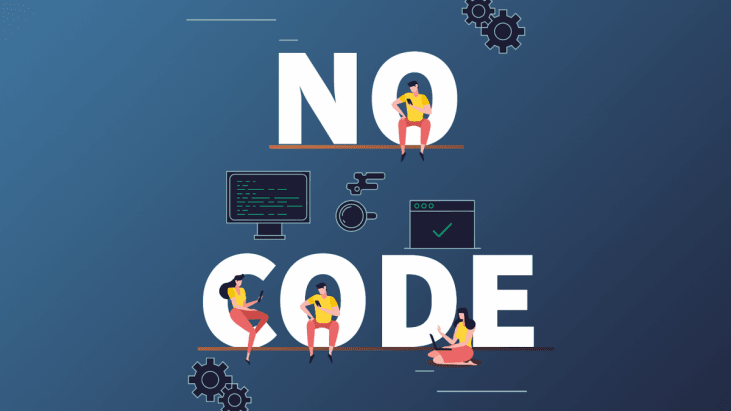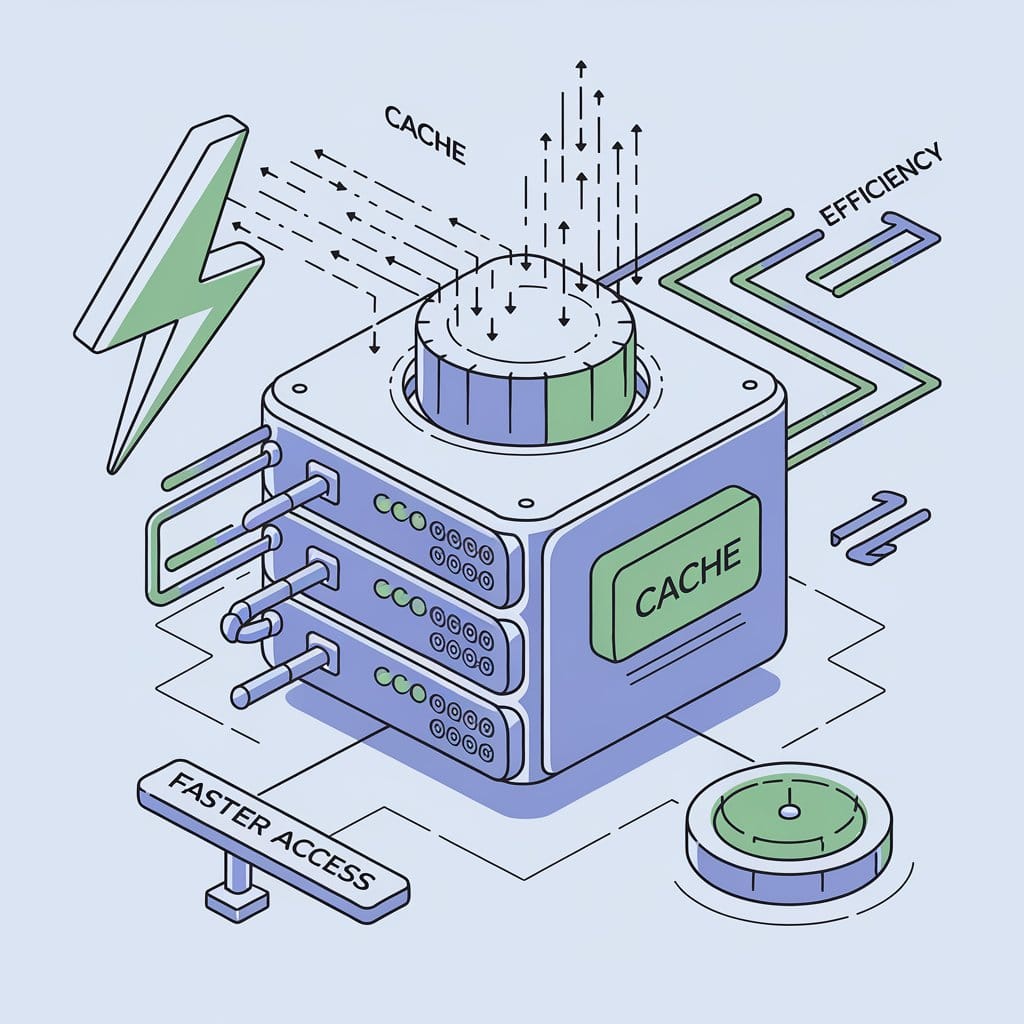The Emergence of No-Code Tools: Empowering Non-Technical Users

Coding expertise and programming knowledge are the two essential prerequisites for working in the field of software development, which has historically been the purview of technical professionals. No-code technologies, on the other hand, are challenging this paradigm by enabling non-technical people to build sophisticated applications and websites without writing a single line of code. We'll look at the introduction of no-code technologies and how they're affecting the software development sector in this blog.
What are no-code tools?
No-code tools are computer programmes that let non-programmers build websites and applications. They often include drag-and-drop interfaces, visual editors, and pre-built templates that customers may adapt to their own requirements. No-code technologies frequently leverage visual programming approaches, including flowcharts and diagrams, to generate intricate business logic.
Why are no-code tools gaining popularity?

No-code technologies are becoming more and more common for a number of causes. Secondly, they provide non-technical users who wish to develop original apps and websites with a low entrance hurdle. This implies that companies and organisations may still design their own software solutions even if they are unable to afford to hire a full-time developer. Second, compared to conventional software development techniques, no-code technologies can save time and resources. Users may concentrate on developing the functionality they require rather than worrying about syntax mistakes and debugging by doing away with the requirement for coding. Finally, non-technical people may design software solutions that are tailored to their needs using no-code tools, bridging the gap between IT and business departments.
Examples of no-code tools
There are many no-code tools available in the market today, ranging from website builders to app development platforms. Some popular examples include:
- Wix: A website builder that offers drag-and-drop functionality and pre-built templates to create websites without coding.
- Airtable: A database platform that allows users to create custom databases with drag-and-drop functionality and pre-built templates.
- Bubble: A visual programming platform that enables users to create custom web and mobile applications without coding.
- Zapier: An automation platform that connects various applications and services without writing any code.
- Glide: A mobile app builder that enables users to create custom apps for iOS and Android without coding.
The impact of no-code tools on the software development industry
The emergence of no-code solutions is having a big influence on the software industry. It is decentralising software development and opening it out to a larger group of non-technical users. This enables companies and organisations to develop their own software without having to hire outside developers, which lowers costs and increases flexibility. No-code tools, it is crucial to remember, are not a substitute for conventional software development techniques. They have inherent limits, and sophisticated applications could still need unique coding and programming knowledge.
So lets Conclude,
By making software creation accessible to non-technical people, no-code technologies are revolutionising the sector. They provide a low entrance hurdle, assist close the gap between IT and business divisions, and save time and resources. No-code technologies are projected to keep growing in popularity in the upcoming years due to the rising need for unique software solutions. It's crucial to keep in mind that they are not a substitute for conventional software development techniques and could have certain drawbacks for complicated applications.
Thank you for reading



